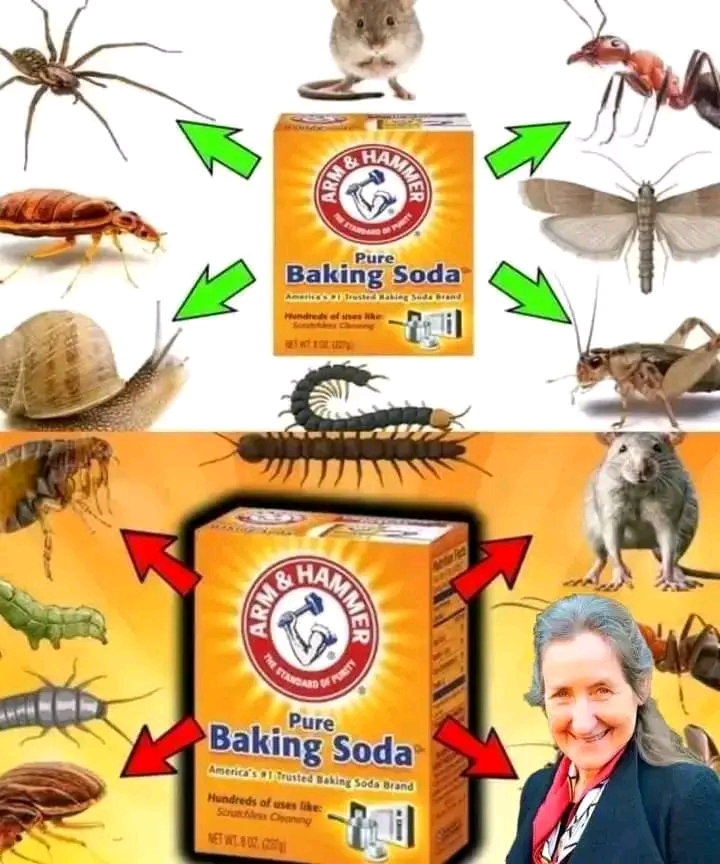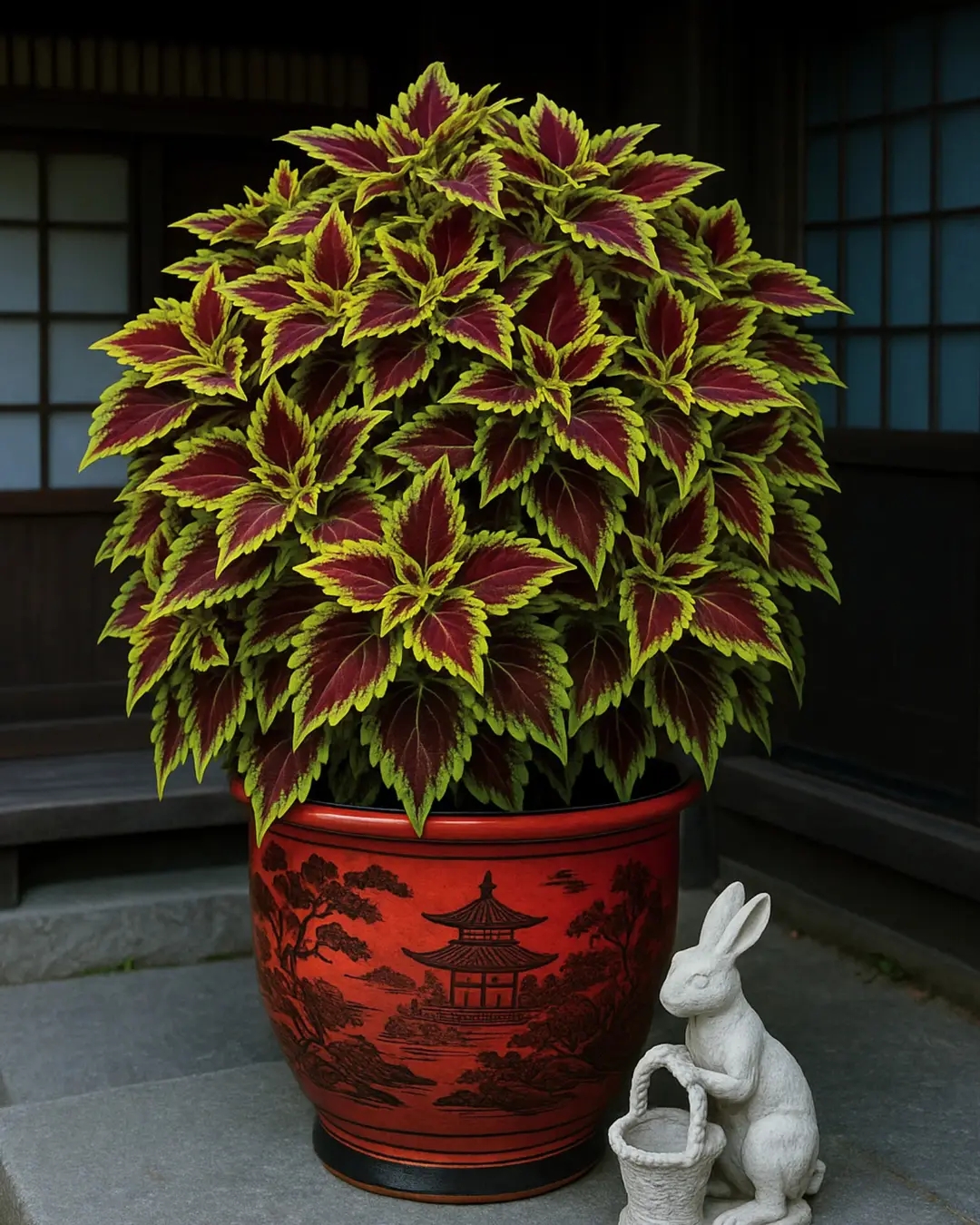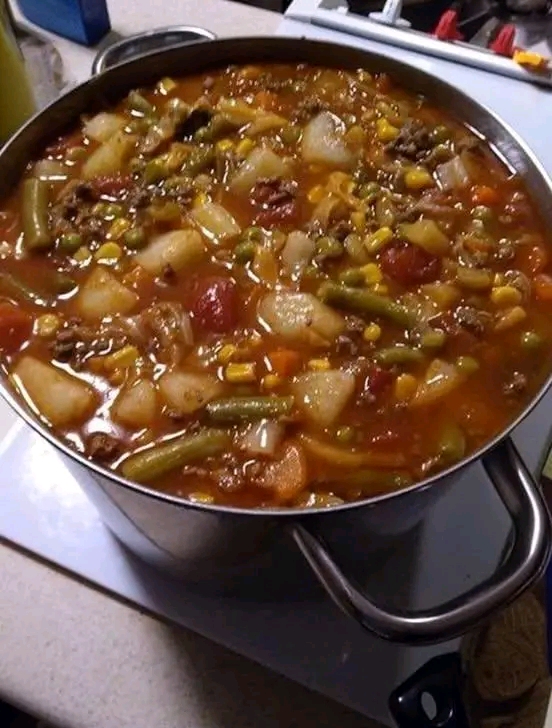Baking soda isn’t just for baking — it’s a powerful, natural way to handle household pests! Safe, affordable, and eco-friendly, it disrupts pests’ bodily processes, helping you keep your home pest-free without relying on harsh chemicals. Let’s dive into how to use baking soda to tackle common household invaders!
Why Baking Soda Works as a Natural Pest Killer
Baking soda (sodium bicarbonate) reacts with moisture and acidic compounds, producing carbon dioxide gas. For many pests, ingesting baking soda can cause internal disruption, while its drying properties help dehydrate and kill bugs on contact. This makes it a fantastic, non-toxic alternative to commercial pesticides.
Here’s how to use it against specific pests!
Cockroaches
The Problem: Roaches thrive in dark, moist areas, spreading bacteria and allergens.
The Solution:
Mix equal parts baking soda and sugar. The sugar lures roaches in, while the baking soda reacts with their stomach acid, causing fatal internal gas buildup.
Place the mixture in shallow dishes or sprinkle it along baseboards, under sinks, behind appliances, and in cracks where roaches hide.
Refresh every few days to maintain effectiveness.
Tip: Combine baking soda with onion powder for an even more enticing bait!
Fleas
The Problem: Fleas infest carpets, pet bedding, and furniture, causing itchy bites and spreading disease.
The Solution:
Sprinkle baking soda liberally onto carpets, rugs, and pet beds.
Use a stiff brush to work it into fibers, ensuring it reaches fleas and their eggs.
Let it sit for 12-24 hours, then vacuum thoroughly.
Repeat weekly until the infestation is gone.
Tip: Combine baking soda with salt for extra flea-killing power, as salt helps dehydrate flea larvae.
Ants
The Problem: Ants create long trails to food sources and can quickly invade kitchens and pantries.
The Solution:
Mix baking soda with powdered sugar (1:1 ratio). The sugar draws the ants in, and the baking soda disrupts their digestive system, killing them.
Place small piles of the mixture near entry points — windowsills, doorways, and cracks.
Repeat every few days to keep ant colonies under control.
Tip: Seal entry points with caulk to prevent reinfestation.
Moths
The Problem: Moths lay eggs in stored clothes and dry goods, causing damage.
The Solution:
Make a repellent sachet by filling small cloth bags with baking soda and adding a few drops of lavender or cedar essential oil.
Place sachets in closets, drawers, and pantry shelves to deter moths and absorb moisture.
Replace sachets every 3-4 months or when they lose their scent.
Tip: For infested clothes, wash with hot water and sprinkle baking soda in storage bins to prevent future problems.
Mice & Rats
The Problem: Rodents chew through walls, wires, and food packaging, spreading disease.
The Solution:
Mix baking soda with peanut butter or sugar to create bait.
Place bait stations near entry points or rodent pathways (behind appliances, in basements, or along walls).
Monitor and replace bait every few days until rodent activity stops.
Tip: Combine this method with sealing holes and cracks to block rodent access.
Spiders
The Problem: Spiders build webs in corners and dark spaces, creeping into homes.
The Solution:
Sprinkle baking soda along windowsills, doorways, and corners to create a barrier that spiders avoid.
Make a spray by dissolving 2 tablespoons of baking soda in water. Spray it in areas prone to spider activity.
Reapply weekly or after cleaning.
Tip: Add peppermint oil to the spray for a stronger deterrent!
Other Pests Baking Soda Can Help With:
Silverfish: Sprinkle baking soda in damp areas like basements or bathrooms to kill these moisture-loving pests.
Bed Bugs: Use baking soda as part of a treatment plan — sprinkle it around bed frames and baseboards, vacuum, and repeat.
Slugs & Snails: Create a baking soda barrier around plants to repel these garden pests (just avoid direct contact with the plants).
Precautions & Best Practices
Keep away from pets and children: While baking soda is generally safe, large amounts can be harmful if ingested.
Use alongside proper cleaning: Regularly vacuum, wipe surfaces, and remove food crumbs to prevent attracting pests.
Store food properly: Use airtight containers for pantry staples to reduce temptations for pests like ants and mice.
A Safe, Natural Solution for Pest Control
Baking soda is a budget-friendly, eco-conscious weapon against pests of all kinds. Whether you’re dealing with sneaky cockroaches or persistent ants, this pantry staple can help you reclaim your space without resorting to harsh chemicals. With consistent application and a little patience, you’ll have a pest-free home in no time!
More Articles You Might Like
-
The Bold Beauty of Coleus: A Striking Focal Point for Your Porch or Patio
In a world filled with green plants, coleus stands out like a living flame—vibrant, patterned, and undeniably eye-catching. Whether grown in garden beds or patio containers, coleus is a showstopper, and the plant you see here is no exception. Nestled in a beautifully decorated red ceramic pot featuring a traditional Asian pagoda design and flanked…
-
Best Ever Easy Vegetable Beef Soup
When the weather turns cold or you’re craving a bowl of comfort, there’s nothing quite like a hot, hearty bowl of Vegetable Beef Soup. This recipe lives up to its name as the Best Ever Easy Vegetable Beef Soup, thanks to a rich, savory broth, tender chunks of beef, and an abundance of colorful vegetables…
-
Amaretto Island Punch
If you’re looking for a cocktail that tastes like a beach vacation and looks like a tropical sunset, Amaretto Island Punch is your ticket to paradise. This fruity, smooth, and deceptively strong drink is everything you want in a summer cocktail—layered flavors, island vibes, and a showstopping presentation. Whether you’re sipping poolside, serving guests at…



